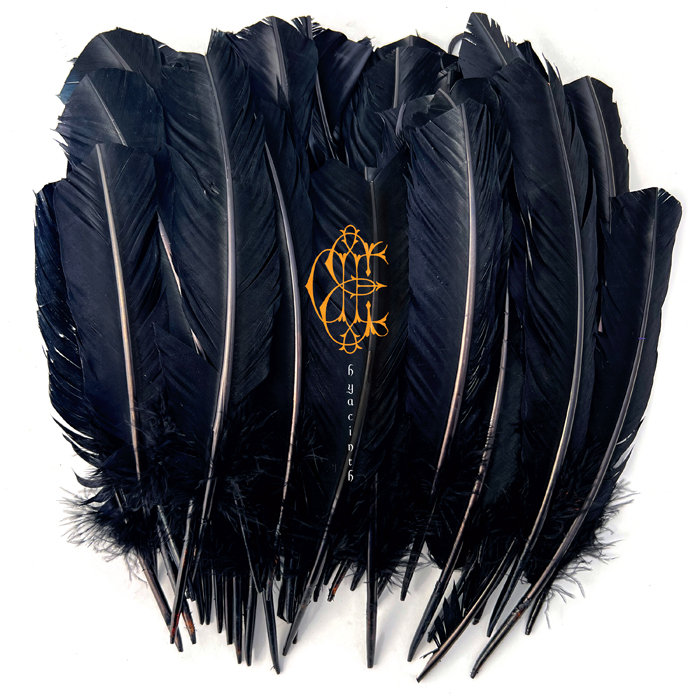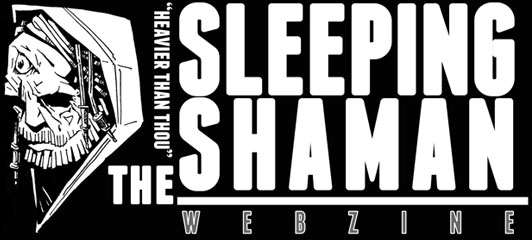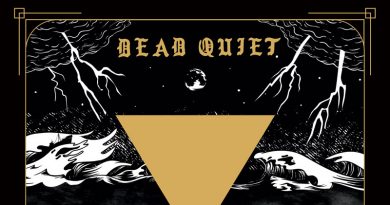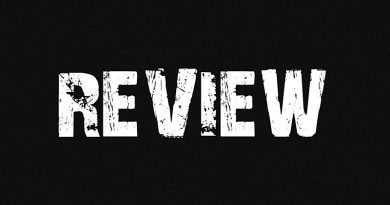Review: David Eugene Edwards ‘Hyacinth’
I’ve name-checked 16 Horsepower and Wovenhand numerous times in reviews for The Shaman, and now that I have an opportunity to cover mainman David Eugene Edwards‘ solo debut to say I’m more than a little excited would be an understatement. Edwards has also been a member of legendary Australian post-punk outfit Crime & the City Solution appearing on 2013’s long anticipated reunion album American Twilight and collaborated with Alexandre Hacke (Crime & the City Solution/Einstürzende Neubauten) on 2018’s Risha.

The concept for Hyacinth comes from a vision Edwards had while the title itself is a reference to the lover of the Greek god Apollo who was highly desired by a number of suitors. He describes the album as ‘a weaving of narratives ancient and modern, of humankind’s search for understanding of this world we find ourselves in and of each other. In all its simplicity and complexity’.
Seraph refers to a celestial/heavenly being originating in ancient Judaism that later played a role in other Abrahamic religions. This makes sense considering Edwards‘ deep commitment to faith and translates very effectively into song form with an ambient feel that reminds one of David Bowie’s work on Buddha of Suburbia. Howling Flower is a little more grounded with delicately plucked guitar and Edwards magnificent baritone gothic vocals while Celeste has more of a middle eastern tinge with vocals recalling the late, great Pete Steele of Type O’ Negative. Comparisons could also be drawn to Sisters of Mercy, not necessarily in a musical sense but more relating to the raw emotion and melodrama that is evoked.
Through The Lattice has some industrial flavours recalling Nine Inch Nails in places that blends in seamlessly with traditional sounding folk demonstrating an embrace of both past and present. Maybe listening to Slowdive a lot of late has me noting an ethereal dreamlike quality that is present within Apparition and which is too divine to ignore. Bright Boy is a stripped back, sombre piece that Nick Cave would have put out at his peak, the electronic elements tastefully subtle and the title track, Hyacinth, is a darkwave/world music number recalling the magnificence of Dead Can Dance; especially a track such as Opium.
authentic old-time and classic Americana with a strong storytelling tradition…
Lionisis, the lead single from Hyacinth, is accompanied by French filmmaker Loic Zimmerman‘s simple yet beautifully shot music video. The track is elegiac in a way that only David Eugene Edwards can muster with lyrics that can be fairly impenetrable for those without a spiritual bent of sorts. Fantastic nonetheless. Weaver’s Beam is the second single from the record and even more lyrically challenging than the aforementioned Lionisis. It’s like he’s speaking in tongues when he’s communicating lines such as ‘Down steppe, Aset kemet, Trespassing Brahman, Shamash Threadbare’ all done to a neo-folk/martial industrial soundtrack. Listening to his music makes you want to become more literary, and the track is a perfect exemplification of that.
Hall Of Mirrors is a short pleasant instrumental piece lasting just over a minute with Jazzy ambient textures that recall the post-rock of Talk Talk before we are met with The Cuckoo. The track feels like authentic old-time and classic Americana with a strong storytelling tradition that can be passed down from generation to generation. What a fine way to conclude the album!
The diverse nature of the music on Hyacinth never overshadows the intelligent, well-written lyrics and for me recalls the spirit of the late Mark Lanegan’s Phantom Radio. So, a mature artist steeped in the older, longstanding genres of folk and Americana while experimenting with contemporaneous sounds results in something truly magical such as we have with Hyacinth.
Label: Sargent House
Band Links: Facebook | Bandcamp | Spotify | Instagram
Scribed by: Reza Mills



